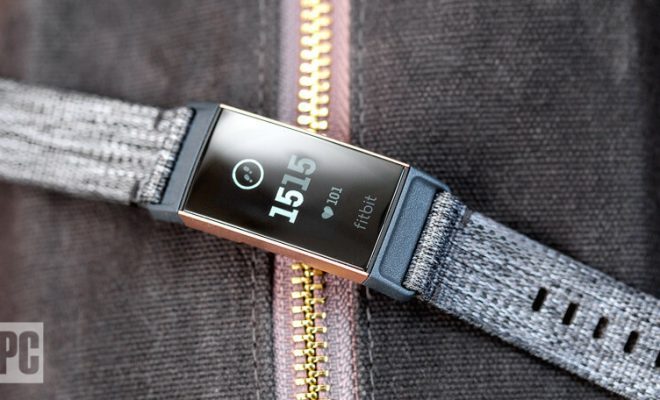How Does Fitbit Calculate Calories Burned?

Fitbit has become a popular and widely used wearable fitness device that tracks daily physical activities such as walking, running, and other workouts. One of the most significant features of the device is its ability to calculate the number of calories burned by the user during these activities. In this article, we will explain how Fitbit calculates calories burned.
Fitbit devices use a combination of sensors, algorithms, and user inputs to calculate calories burned. The sensors monitor the user’s movements, such as steps taken, distance traveled, and heart rate. The algorithm then uses this data to estimate the amount of energy expended while performing those activities.
The heart rate monitor is especially essential when it comes to calculating calories burned. The device uses light sensors to monitor blood flow in the wrist and estimate the heart rate. By combining the heart rate with other data such as the user’s age, sex, weight, and activity level, the algorithm calculates the number of calories burned during an activity.
The Fitbit algorithm also relies on MET (metabolic equivalent) calculations, which estimate the amount of oxygen consumed during physical activity. The device uses this data to determine the energy being used by the body, translating it to the number of calories being burned.
The Fitbit app may also ask for information about the user’s height, weight, and gender to improve the accuracy of the device’s calculations. It is important to provide accurate information in the app to get the most precise calculations.
However, it is important to note that the calculations can never be entirely accurate, and there may be variations based on individual metabolism and other factors. Nevertheless, Fitbit has put extensive research into developing algorithms with high accuracy levels for calorie calculations.
In conclusion, Fitbit uses a combination of sensors, algorithms, and user inputs to calculate calories burned during physical activities. These algorithms consist of MET calculations and heart rate monitoring, which are used to estimate the amount of energy expended by the user during an activity. Although the calculations may never be entirely accurate, Fitbit has put extensive research into developing algorithms that maximize accuracy levels to provide users with meaningful insights into their fitness routines.






